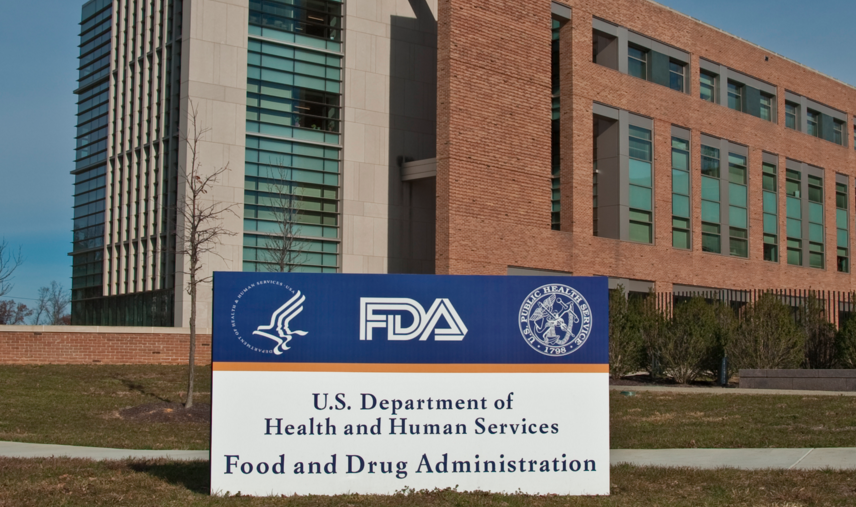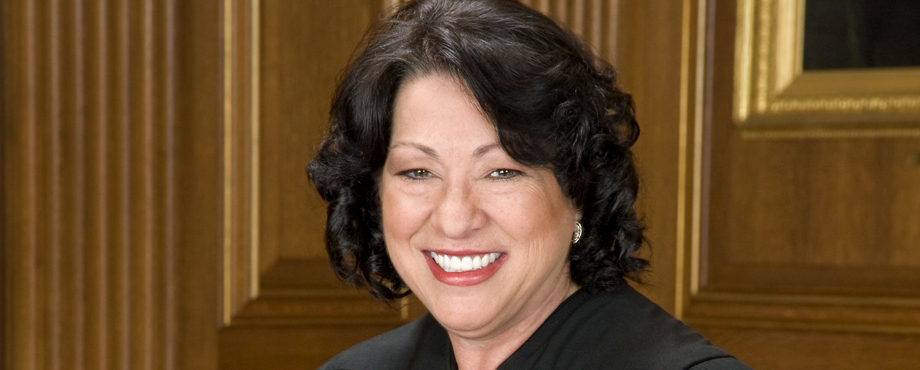Corona-phobia? Health experts manipulated coronavirus figures to scare England into lockdowns
12/07/2020 / By Divina Ramirez

U.K. health experts have been painting a grim picture of the COVID-19 pandemic based on alarming data and terrifying predictions.
But in one of his recently published articles online, English journalist Ross Clark painted a strikingly different picture of the COVID-19 pandemic in the U.K. based on the latest figures from the Office for National Statistics (ONS) and the National Health Service (NHS).
Some of his most marked revelations include the fact that the U.K. is nowhere near last September’s prediction that the nation could see 50,000 new infections daily by mid-October unless the government imposed stricter public health protocols.
In a July report commissioned by Chief Scientific Adviser Sir Patrick Vallance, scientists claimed that 119,000 more deaths would occur if a second outbreak coincides with flu season this winter. However, current data show that the actual figure stands at about 54,000, just almost half of the original prediction.
In fact, it appears that the second outbreak has passed ahead of the arrival of the winter flu. Last week, the U.K. saw an average of 22,000 new infections daily. That figure stood at 24,000 the week before. This shows a clear drop in infections, not a spike, as Vallance predicted.
Vallance, alongside Chief Medical Officer Chris Whitty, also predicted recently that the nation could see 4,000 daily COVID-19 deaths by December unless draconian restrictions were implemented. However, current figures show that the U.K. is at less than 15 percent of that figure as December begins.
Hospitals not full, infections leveling off
Last month, government health experts published a chart that gave the impression that hospitals were close to overflowing. But at least half of the hospitals included in their chart did not have a single COVID-19 patient. In fact, only 13 percent of all NHS beds, about 16,000, are currently occupied by COVID-19 patients.
Interestingly, this number is lower than last year’s November average. NHS graphs show that there were 1,293 more patients occupying NHS beds during November last year.
Meanwhile, the NHS Nightingale hospitals, which were built early this year to provide critical care for patients, were never more than 1.23 percent full. Roughly 31 percent of all intensive care beds in the U.K. are occupied by COVID-19 patients currently. However, this figure is lower than the five-year average for 2015–2019.
Moreover, frontline healthcare workers are now better able to discern when to put patients on ventilators, thus reducing the demand for intensive care beds and staff.
But even during the first outbreak in spring, COVID-19 patients never occupied more than 62 percent of all the mechanical ventilation beds in NHS hospitals, according to a recent study by English researchers. Additionally, that same study found that the Nightingale hospitals built for COVID-19 patients were under-utilized.
Meanwhile, when it came to the nationwide infection rate, Clark found that the number of new infections daily has been dwindling recently. In particular, one in 80 people in England had COVID-19 in the week ending Nov. 14, according to the latest ONS estimates. The week before that, one in 85 people had the disease.
This apparent downward trend agrees with the findings of several recent studies that show how infection rates of COVID-19 have stopped growing across England and are dwindling further.
In fact, the U.K.’s Scientific Advisory Group for Emergencies (SAGE) said that the “R rate,” which is the average number of people infected by a COVID-19 patient, fell to a maximum of 1.1 from 1.2 last week. Many regions in the U.K. might even have an R rate as low as 1.0, as per the latest estimate from SAGE.
In fact, scientists from King’s College London even put the R rate for England at 0.9. If the R rate is lower than 1.0, the epidemic is said to be subsiding.
Disease not as deadly as health experts claim
Meanwhile, NHS figures also indicate that COVID-19 can be particularly life-threatening for patients who have serious, pre-existing conditions. Otherwise, it is highly unlikely that the infection will lead to death.
In fact, of the 37,470 COVID-19 deaths in England recorded by the NHS, 35,906 or 95.6 percent were of people who had at least one pre-existing condition, whereas 42 deaths were of people who had no such condition.
Meanwhile, more than half of all COVID-19 deaths in England were in patients aged over 80 years. However, it does not appear that more older adults are dying as a result of the disease.
In fact, in spite of the COVID-19 deaths, the average death rate in people aged 75 years and older is 6,901.7 per 100,000 people, according to the latest ONS figures for October 2020. This is about 200 deaths lower than the average death rate during the same period last year.
These figures are important because knowing which groups are particularly vulnerable will prevent authorities from enforcing one-size-fits-all lockdown orders and other shortsighted protocols. (Related: “If lockdown were a drug, it wouldn’t be approved,” says UK medical researcher – lockdowns do more harm than good.)
With the nation’s health at stake, it is important that these grim but erroneous predictions are exposed as soon as possible. For one, fearmongering results in unnecessarily strict lockdowns, the push for a vaccine to be mandatory and other measures that can only strain the economy and threaten financial security for many citizens.
Unfortunately for Brits, U.K. Prime Minister Boris Johnson announced during Monday’s press conference that local lockdown tiers will last until March even after England’s lockdown ends on Dec. 2. “The scientific advice, I am afraid, is that our tiers need to be made tougher,” said Johnson.
Read the latest updates on the coronavirus pandemic at Pandemic.news.
Sources include:
Submit a correction >>
Tagged Under:
conspiracy, coronavirus, covid-19, deception, freedom, government, health freedom, Journalism, journo-terrorism, Liberty, lockdown, outbreak, pandemic, scare tactics
This article may contain statements that reflect the opinion of the author
RECENT NEWS & ARTICLES
COPYRIGHT © 2017 MEDICAL EXTREMISM




















